Unearthing Macro Beauty in Hidden Locations: Exploring the Small World of Insects.
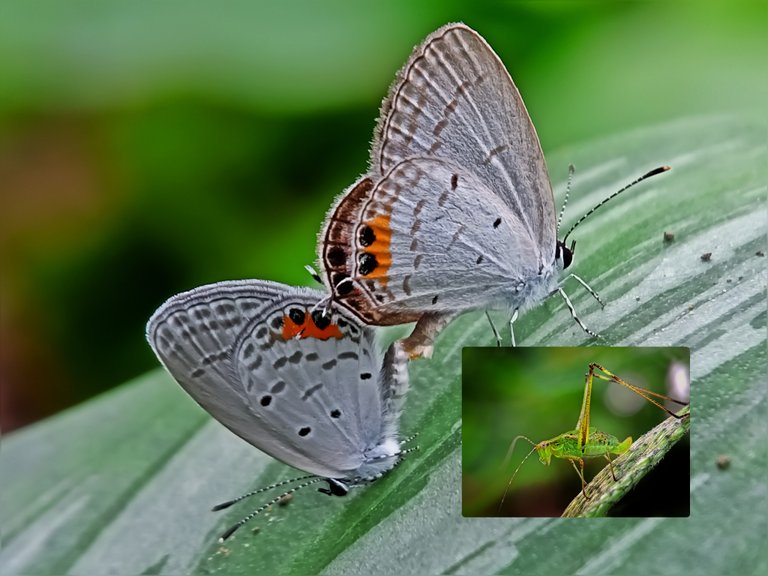
Walking through remote locations, I imagine the microcosm of beauty that might be hidden among the leaves and flowers. Every step I take seems to bring me closer to the small mysteries of life that often escape the attention of the human eye. One day, this journey led me to two interesting insect species: the butterfly Euchrysops cnejus and the cricket Phaneroptera falcata
When my eyes caught the subtle gleam of wings among the leaves, I immediately noticed the presence of a very beautiful butterfly, Euchrysops cnejus. Scientifically, this species has been identified as part of the rich natural diversity of the insect world.
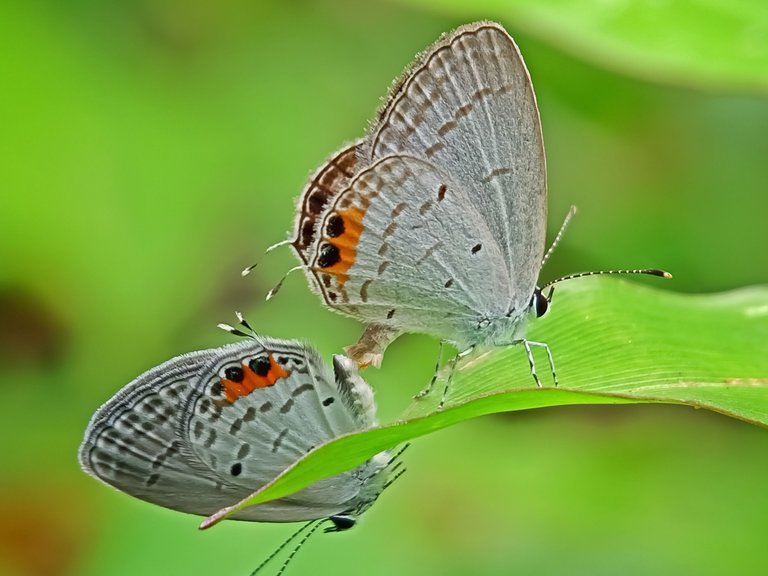
Cnejus or Euchrysops butterflies decorate the remote forest at this location beautifully. With its gray color combined with red dots on the tips of its wings, this butterfly seems to present natural colors that celebrate a beauty that is second to none compared to other species. When I try to photograph them, I am not only trying to assemble a visual portrait, but also understand more deeply about the life cycle and ecological role of these butterflies in the ecosystem.
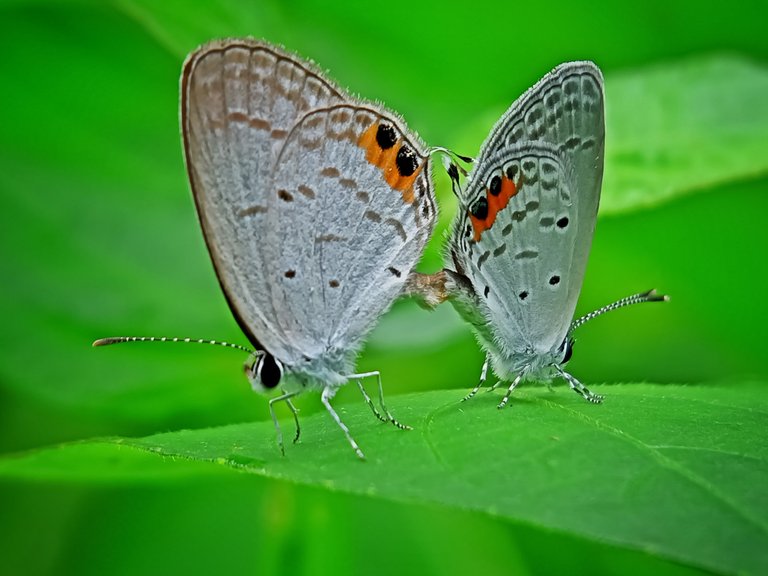
Friends, the charm of butterflies that I found lies not only in the beautiful color of their wings, but also in the interesting details of their anatomy. This butterfly, like most insect species, has two antennae that play an important role in daily life.
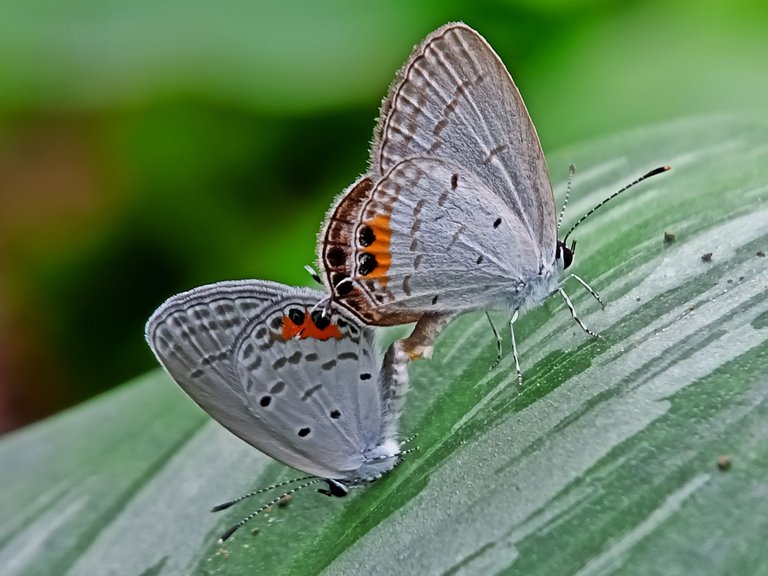
As we know, butterfly antennae are not just decorative elements, but vital sense organs. The two antennae located on the head play a role in helping the butterfly communicate with its surrounding environment. They function as olfactory antennae that are sensitive to pheromones and other chemical signals.
Its uniqueness lies in the symmetry of its antennae, where the length and shape of both are often identical. This symmetry is not only visually beautiful, but also plays an important role in the butterfly's navigation process. By measuring signal intensity from various directions, butterflies can determine the direction and distance of the signal source.
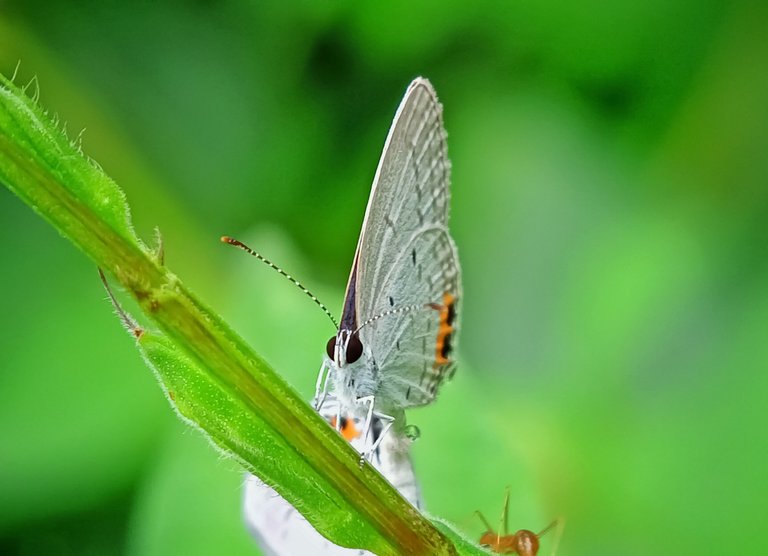
Apart from its charming antennae, the black eyeballs that butterflies have are also the focus of their attraction. These two eyeballs provide a stunning contrast to the color of their wings. Even though they appear small, butterfly eyes have a complex structure that blurs the line between functionality and aesthetics.
Likewise, the black eyes of these butterflies, like humans, have various cells and pigments that produce different colors. Although the visual abilities of insects are generally different from humans, these eyeballs play a role in the success of butterflies in finding mates, tracking food sources, and avoiding predators.
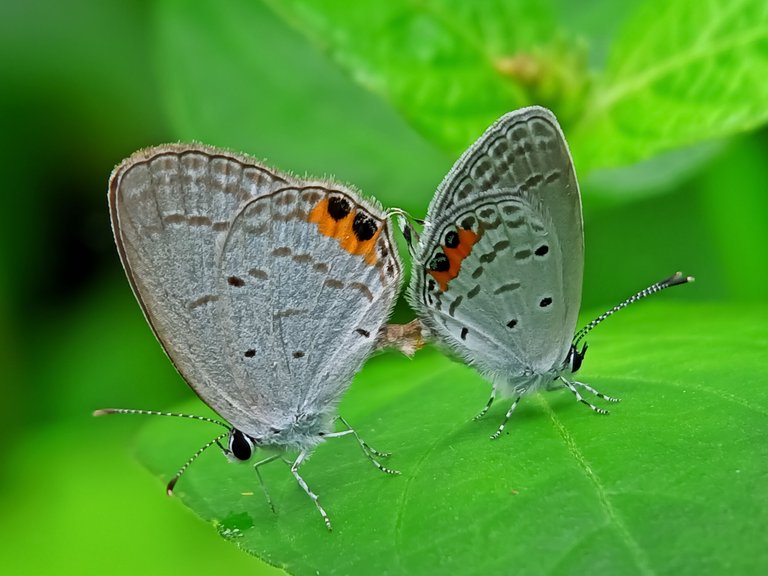
When my camera lens witnessed a moment of intimacy in the micro world, when Euchrysops cnejus butterflies united in their mating ritual, I not only witnessed the beauty of nature, but also witnessed the miracle of life at the microscopic level. I have uploaded several images to explore the visual journey and deep meaning behind this butterfly mating photography.
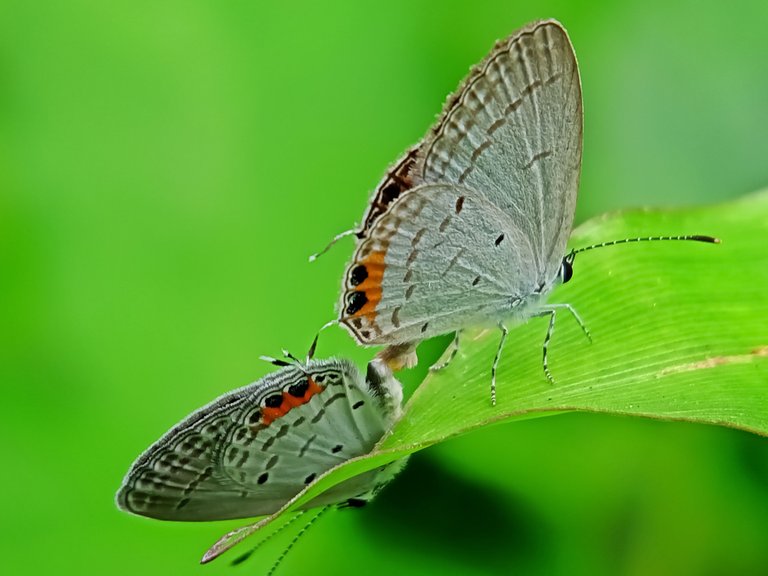
Friends, at that time my journey did not stop with this butterfly species, its soft voice attracted my attention, bringing me closer to a tree where I found Phaneroptera falcata, a type of cricket that brings harmony to the silence of nature.
Phaneroptera falcata has the ability to hide very well among leaves and other grass. Its green color and leaf-like body shape make it an expert at disguising itself. Even though its appearance is striking, its presence is often forgotten amidst the noise of the night.
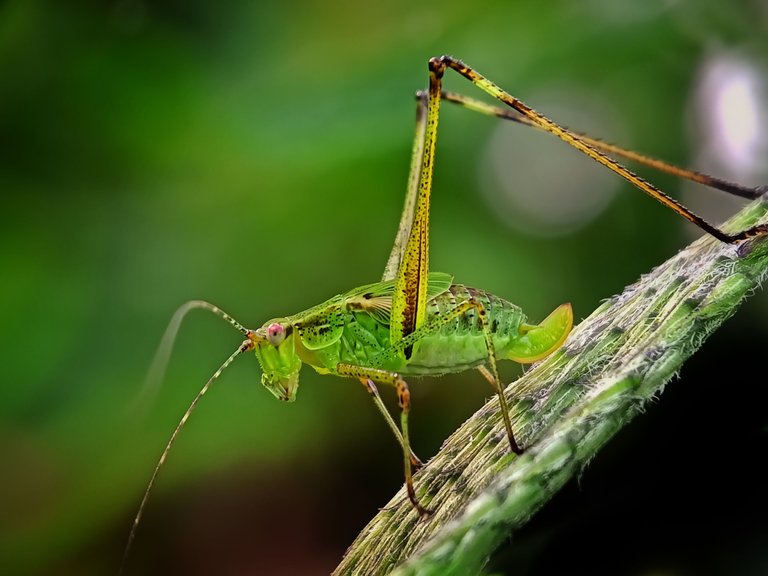
On the other hand, crickets such as Phaneroptera falcata, apart from making soothing sounds at night, this species also plays an important role in the food chain. They play a role in controlling plant growth and contributing nutrients to the ecosystem through the nutrient cycle.
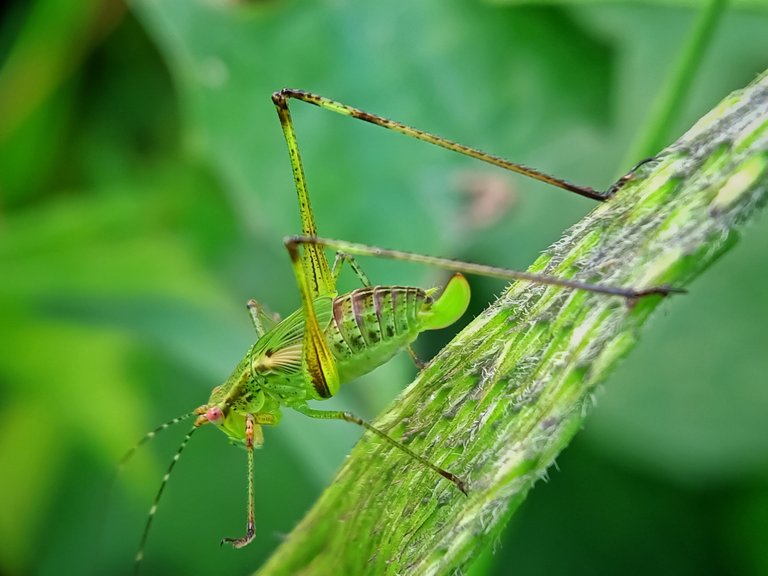
Friends, some of the macro images that I show in this post are not only visually beautiful but also convey important messages. By combining the unique properties of crickets, we can build awareness of biodiversity and encourage conservation action to protect the natural habitats where these species live.
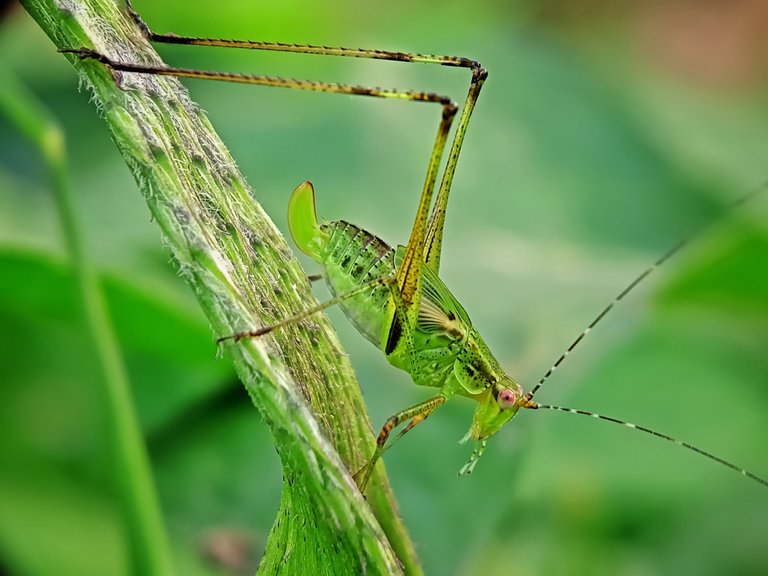
Through this macro photography adventure, I not only witnessed the familiarity of butterflies and the uniqueness of crickets, but also tried to convey a message about the importance of maintaining ecosystem balance and the diversity of insect species. Each photo is a silent witness to the magic of the microcosm that continues to live and develop among the leaves. Let's think about it together and get involved in preserving the beauty of this microcosm for future generations.
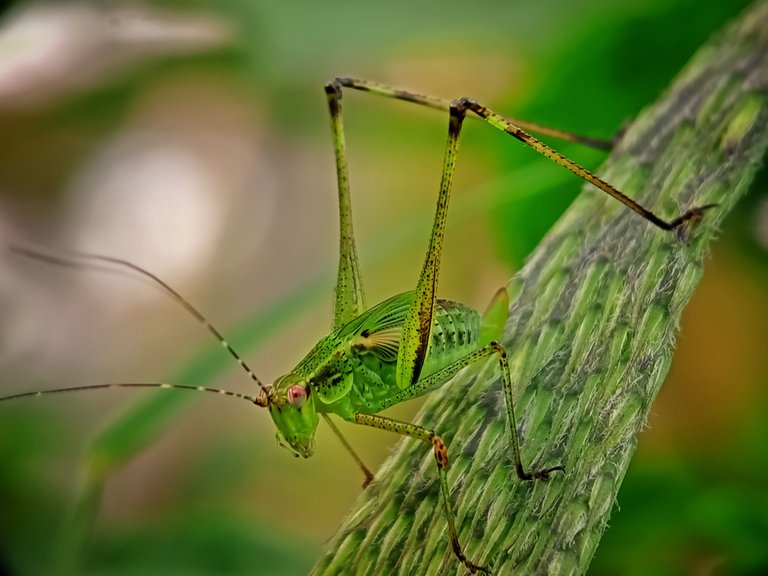
| Camera | Smarphone + Macro Lens |
|---|---|
| Category | Macro Photography. |
| Editing | Lightroom. |
| Objeck | insect. |
| Location | Aceh Sumatara. |
| Photografer | @putraspjaman. |
Thanks for your contribution to the STEMsocial community. Feel free to join us on discord to get to know the rest of us!
Please consider delegating to the @stemsocial account (85% of the curation rewards are returned).
You may also include @stemsocial as a beneficiary of the rewards of this post to get a stronger support.
@stemsocial have visited your invitation community and I think the community is suitable for me, but one thing I want to ask is that many authors there take image sources from other people, is that not a violation?